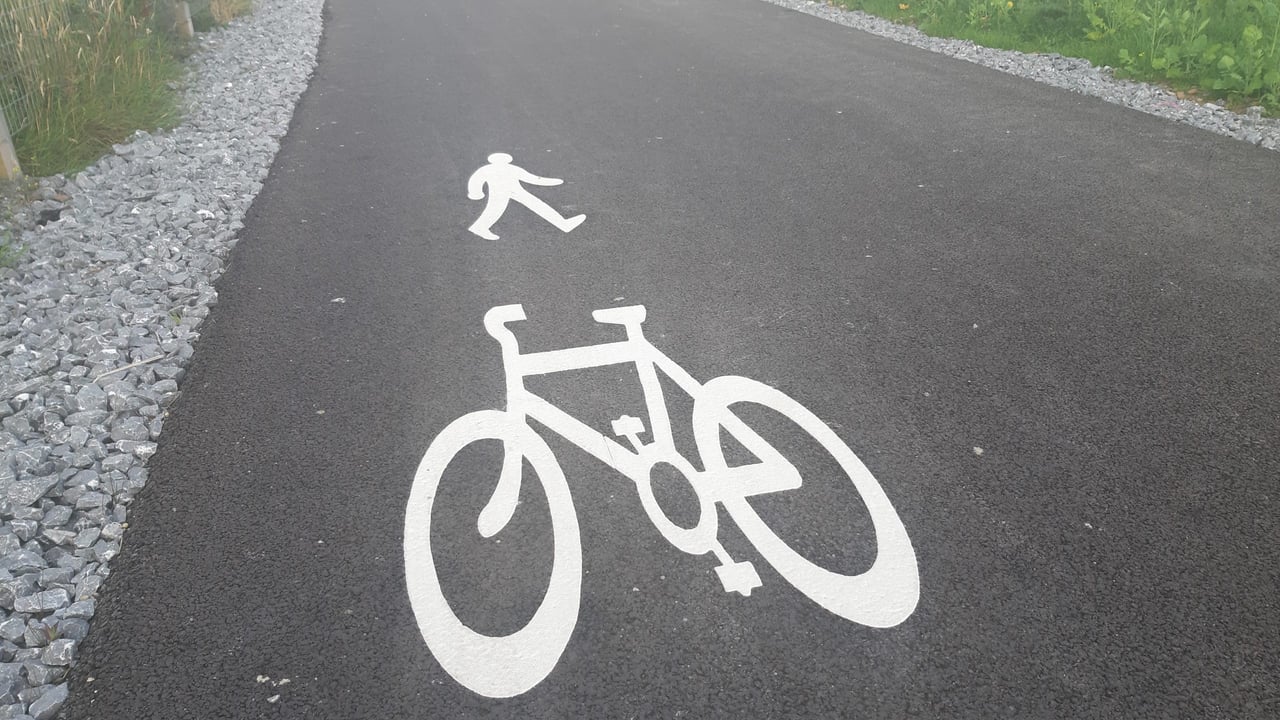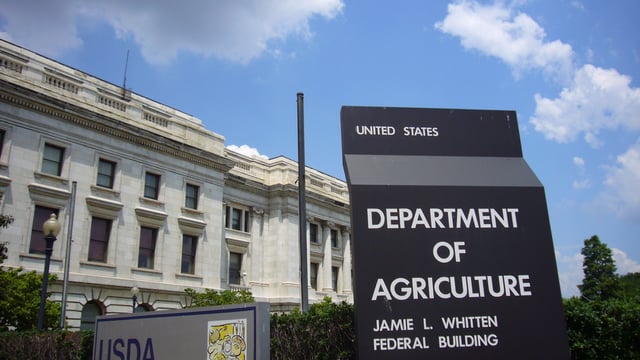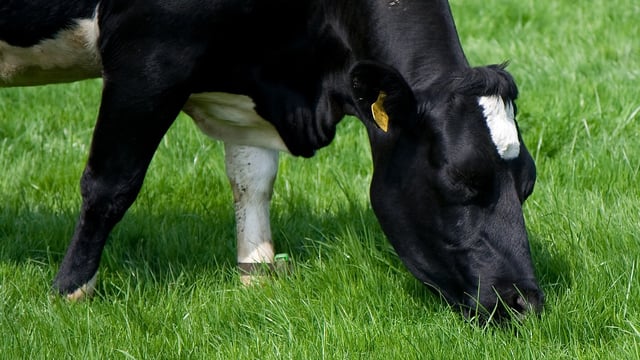Use of farmland for proposed north-west greenway not 'acceptable'
Farmer representatives have highlighted what they describe as "very serious concerns" regarding the proposed Sligo, Leitrim, Northern Counties Railway (SLNCR) greenway at a meeting with officials from Leitrim and Sligo County Councils.
ARUP project consultants also attended the meeting organised by the Irish Farmers' Association (IFA) in Sligo recently.
Leitrim County Council, in partnership with Sligo County Council, Cavan County Council, and Fermanagh and Omagh District Council, under the auspices of Transport Infrastructure Ireland (TII) and Department for Infrastructure (Dfl) are developing the SLNCR greenway.
The proposed project is to provide a greenway from Sligo town to Enniskillen, Co. Fermanagh, passing through: Ballysadare; Collooney; Ballintogher; Dromahair; Manorhamilton; Glenfarne; Blacklion; Belcoo; Letterbreen.
In a joint statement, the chair of Sligo IFA, Michael O’Dowd and Leitrim IFA chair Liam Gilligan said they made it very clear that greenway projects like the SLNCR should maximise the use of public lands and minimise the impact on private lands.
They emphasised that this in line with the government Strategy for the Future Development of Greenways and the Greenways Code of Best Practice.
“This is clearly not the case with the proposed Sligo/Leitrim greenway as the vast majority of the lands on the emerging proposed route are not public or state-owned lands and is in fact farmland, as confirmed to IFA by the project consultants," the two IFA chairs stated.
"This is unacceptable and extremely challenging for the landowners.”
The Sligo and Leitrim IFA chairs also outlined that the association is opposed to any severance of farms or compulsory purchase orders (CPOs) for amenity projects like greenways.
Sligo IFA chair Michael O’Dowd said: “The IFA pointed out to the county councils that the proposed emerging preferred corridor for the Sligo/Leitrim greenway will predominantly take private lands and have the potential to sever and divide a large number of the farms and this is totally unacceptable.
"Severance and division of farms will not work and must be reviewed by the councils."
Meanwhile, Leitrim IFA chair Liam Gilligan said the proposed emerging corridor put forward by the councils at the meeting is to follow the old railway route.
However, he said that in practice, farmers now farm and use most of the land where the abandoned railway line was.
They claim that it is no longer a rail line but rather is part of active farms and may include houses and farmyards. Some farmers have registered their ownership of the land where the railway line previously ran, according to the farmer representatives.
Gilligan continued: “The old, abandoned railway line is long gone, and this land is now active farmland, with some in private ownership, making it unsuitable for a greenway."
He has encouraged all farmers along the proposed emerging route of the old railway to check out the ownership situation and if they need to register their ownership, they should take steps to do so.
As part of the Code of Practice for Greenways, project promoters can contribute a sum of €750 plus VAT towards the vouched legal fees incurred by farmers in regularising their title to the standard required, according to the IFA.
The association made a submission to the councils previously on the greenway, highlighting a number of additional farmer concerns including privacy, safety and security, anti-social behaviour, litter, animal disease, and wildlife.
Representatives from ARUP and both county councils updated IFA on the project and the emerging preferred corridor, which the IFA said is up to 200m wide.
It's understood that over the next 18 months, the project promoters will be working to reduce the design of the corridor down to 8-10m wide.
It is the intention to apply for planning permission in the first half of 2027. Currently the project is on its third public consultation which is set to close on Tuesday, May 27.
Over the next 12 to 18 months the project promoters have said they will engage closely with all landowners.
The IFA said it is very important that farmers and landowners clearly outline their views, objections and concerns about the greenway during the current consultation and also in direct contact with the project promoters.





